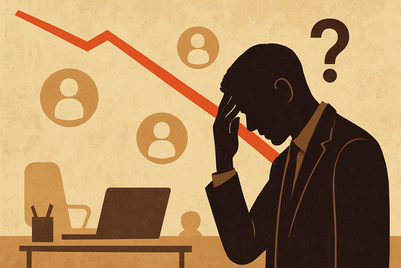.jpg&h=570&w=855&q=100&v=20250320&c=1)
US president Donald Trump has introduced a tariff on all imports to the US starting April 5, declaring trade deficits a ‘national emergency’ and a major threat to national security and economic prosperity.
Trump signed the executive order in the Rose Garden on April 2, which he announced as ‘Liberation Day’ for the US, marking it as ‘one of the most important days in American history and a declaration of economic independence’.
Some countries, including the UK, Australia, and Brazil, will only face the 10% base rate while 60 other countries—which were deemed as the ‘’worst offenders’—will face additional tariffs from April 9.
This includes China at 54%, including previous tariffs, Vietnam at 46%, Cambodia at 49%, the EU at 20%, Japan at 24%, and South Africa at 30%. No new tariffs have been added on Canada and Mexico, which already have existing 25% tariffs from previous policies.
Furthermore, a 25% tariff has been added effective immediately on all foreign-made automobiles.
What does this mean?
Trump’s new tariffs mean that imported goods will now become more expensive in the US which can have a negative impact on businesses, consumers, and global trade relationships.
Since Trump’s tariffs declaration, major stock indices in London, Paris, Tokyo, and Hong Kong have had a sharp decline and investors have pushed gold to a record high of $3,167.57 an ounce before it retreated, seeking it as a safe-haven asset.
Trump has also already faced international backlash with Canada and the EU both vowing retaliatory tariffs and Canada’s Prime Minister stating that US and Canada relations are effectively over. Mexico is also planning to respond soon.
However, Trump claims in his defense that the tariffs will bring back jobs in the US, boost manufacturing, and lower prices in the long term despite US consumers being warned that they will bear the immediate costs.
How Trump’s tariffs will impact adland
Nick Fox, chairman of Atomic, said that while the tariffs may protect US industries, they can damage how US companies and brands are perceived internationally and that they need to shift their focus on what would make their brand relevant to consumers.
Fox said: “We’ve entered an age of emotional economics. When trade policy becomes symbolic, brands become collateral. This isn’t just about cost—it’s about association, trust, and meaning.
“Tariffs may be designed to protect American products, but they’re eroding the perception of American brands abroad, turning once-loved names into lightning rods. Brand leaders must act with intelligent empathy—rediscovering what makes their brands matter beyond price, and protecting that meaning before it quietly unravels.”
Wander Bruijel, chief strategy officer of Born Ugly, said the tariffs could mean that companies may want to cut their marketing budgets and shift towards performance marketing and marketers would need to balance brand value with affordability and adaptability.
He said: “Consumers may face increased costs and are likely to be more thrifty or price sensitive. Whilst this doesn't necessarily mean that consumers will not be interested in indulging in things they trust... they may in fact be more inclined to gravitate to trusted brands in that pressured environment for products they value more.
“This creates a tension between having a brand that is worth paying more for whilst harvesting demand and driving value for consumers. Equally, consumers may reorientate themselves and retaliate and turn inwards. It means that marketers will need to be flexible and brands will need to create value for money whilst driving brands.”
This article first appeared on Performance Marketing World.



+(900+x+600+px)+(3).png&h=334&w=500&q=100&v=20250320&c=1)

.jpg&h=334&w=500&q=100&v=20250320&c=1)




+(900+x+600+px).jpg&h=334&w=500&q=100&v=20250320&c=1)
.jpg&h=334&w=500&q=100&v=20250320&c=1)


+1.jpg&h=268&w=401&q=100&v=20250320&c=1)
.jpg&h=268&w=401&q=100&v=20250320&c=1)

.jpg&h=268&w=401&q=100&v=20250320&c=1)


